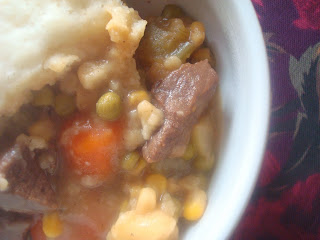I HEAR FROM HER AT CHRISTMAS
I hear from her at Christmas,
And oh I am so glad,
To once again renew the warmth
Of friendship that we had,
Although she lives so far away,
We are still friends on Christmas Day.
She writes about her children,
And the way they're getting on,
What they are doing...how they fare,
And all but one is gone,
The house seems empty-like and bare,
Without their happy presence there.
She says that Dad is slowing up,
His hair is white as snow,
And sometimes I feel weary-like,
(We all get old you know)
But Christmas with its happy cheer,
Brings the old friends forever near.
And though she lives so far away,
We are old friends on Christmas Day.














































